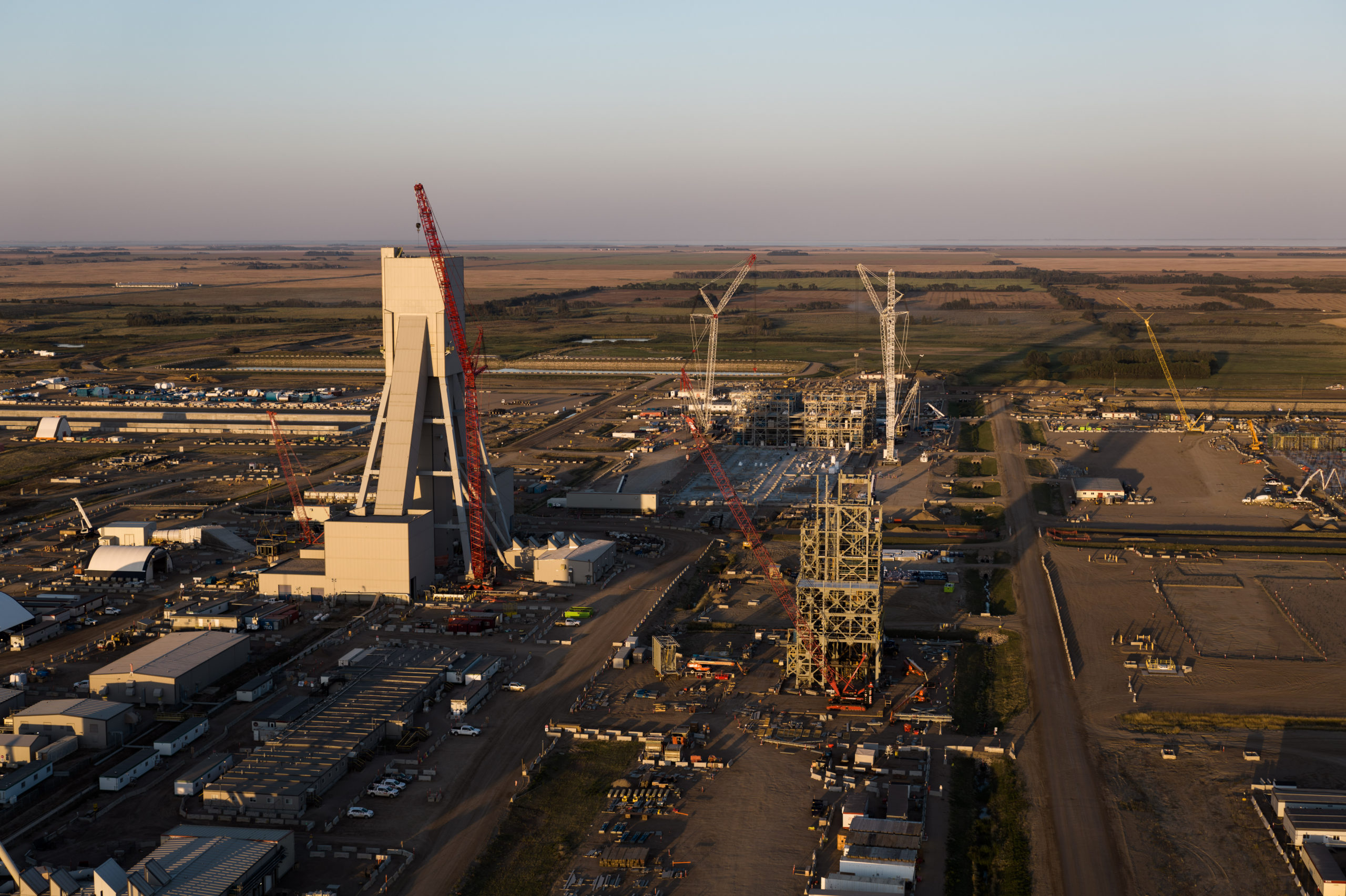Nornickel announces new methodology for calculating its carbon footprint

Russia’s Norilsk Nickel, the world’s largest producer of palladium and high-grade nickel, announced that it has developed a methodology and model for calculating the carbon footprint for all of its products.
The methodology is based on the from-cradle-to-gate principle, which complies with ISO 14040 and ISO 14044 and is certified by Sphera Solutions Gmbh.
“Nornickel recognizes its duty as a sustainable and responsible metals producer,” Anton Berlin, the firm’s VP of sales and distribution, said in a media statement. “As demonstrated by our product offering’s carbon footprint in 2020, one of the company’s key priorities is to be a global leader in metals and mining with one of the industry’s lowest levels of greenhouse gas emissions. At the same time, we aim to increase the production of metals vital for the green economy.”
Nornickel’s 2020 carbon footprint was audited and certified by EY in 2021 and it takes into account future emissions associated with the launch of the sulphur program at the Norilsk division.
The sulphur program is a large-scale environmental project designed to capture sulphur dioxide emissions at the Nadezhda metallurgical plant and the copper plant. Once fully implemented, it should lower SO2 emissions by 45% by 2023, 90% by 2025 and 95% beyond 2030, compared to 2015 levels.
At present, the carbon footprint of refined nickel produced by the company, including a reserve for the Sulphur Programme 2.0 in 2020 is 8.1 kilograms of CO2-equivalent per kilogram of metal; for copper, it is 5.7 kilograms of CO2-eq/kg of metal; for refined cobalt, it is 19.2 kilograms of CO2-eq/kg of metal; for palladium, it is 20.9 kilograms of CO2-eq/g, for platinum, it is 21.2 kilograms of CO2-eq/g of metal; for rhodium, it is 22.7 kilograms of CO2-eq/g of metal; for gold and silver, it is 2.6 kilograms of CO2-eq/g metal.
According to Berlin, Nornickel’s carbon footprint for its product offering is below the industry average for most metals due to a high share of electricity supplied by renewable sources.
“In 2020, renewable energy sources accounted for 46% of total electricity consumption by the Group and 55% of total electricity consumption in the Norilsk Industrial District. Increasing the share of clean electricity use for industrial production is one of the company’s strategic priorities,” he said.
More News
{{ commodity.name }}
{{ post.title }}
{{ post.date }}

Comments